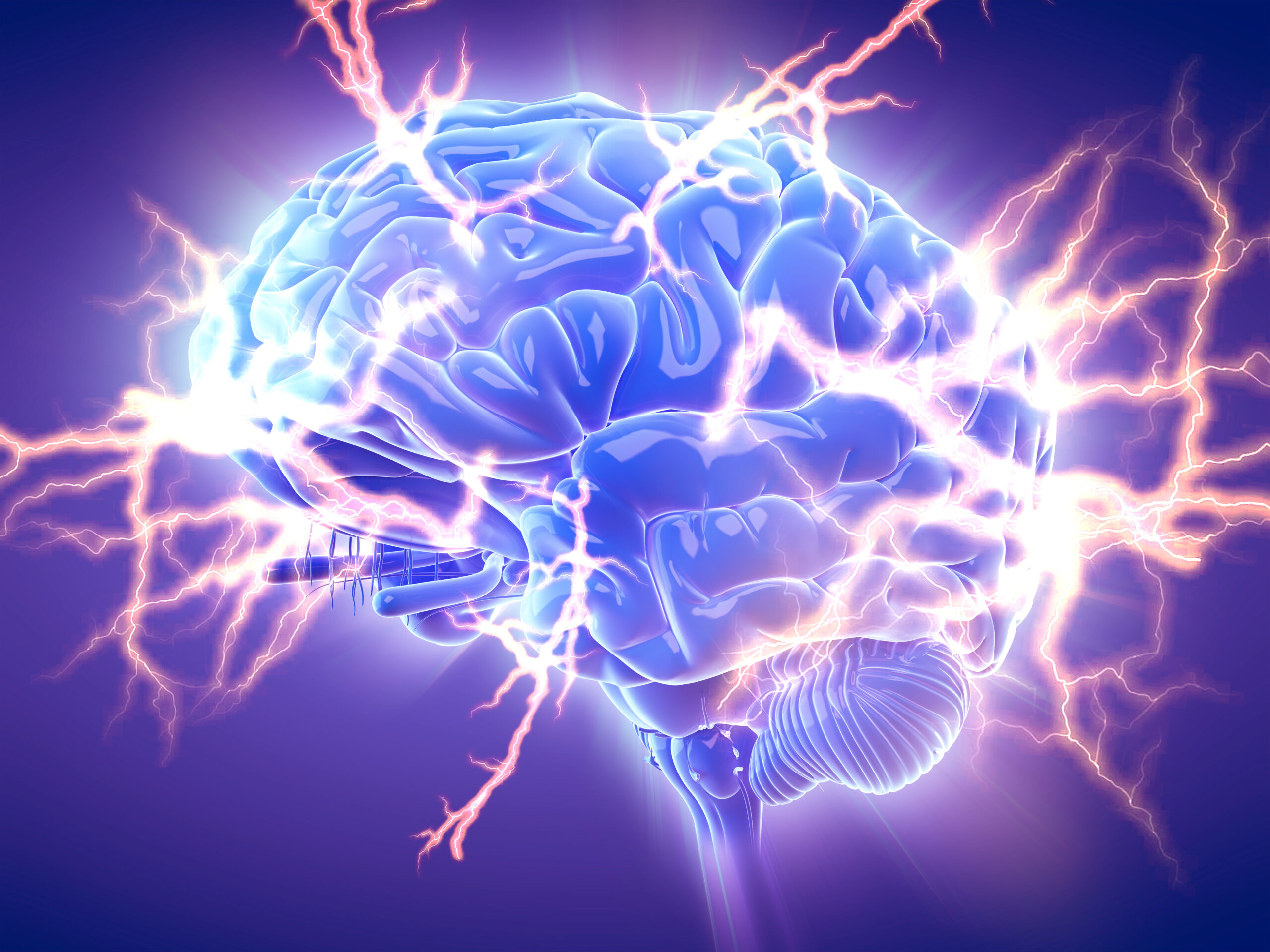Alzheimer’s Disease (AD) is a neurodegenerative disease that affects more than 5 million adults in the United States today. The condition is characterized by loss of memory and executive function. As the disease progresses, people lose the ability to communicate and take care of themselves. There are many known risk factors for AD, including age and a gene known as APOE4, but the cause of AD is not fully understood. Though there is currently no cure for AD, early detection and intervention can alleviate some of the memory and behavioral symptoms in patients and preserve cognitive function for as long as possible. Scientists are interested in studying how abnormal brain activity may determine who is at an increased risk of developing AD.
One way to potentially determine increased AD risk is to look for abnormal patterns in brain activity. Researchers from the University of Montreal were interested in seeing whether increased activity in the brain could indicate that a person is at increased risk for developing AD. They became interested in this topic because some of their previous work with functional magnetic resonance imaging (fMRI) showed that people with Mild Cognitive Impairment (MCI), a precursor for AD, showed greater activity in the brain when performing cognitive tasks compared to healthy people, even though people with AD generally had reduced brain activity. The researchers hypothesized that brain activity in the progression of AD followed an upside-down U-shaped curve, with an early period of hyperactivity followed by a decrease in brain activity.
Scientists used fMRI technology to see which parts of the brains of SCD and MCI patients showed differences during activation.
Image Source: Monty Rakusen
To test their hypothesis, the researchers gave memory tasks to three groups: healthy subjects, subjects who reported subjective cognitive decline (SCD), and subjects with MCI. The researchers used fMRI imaging to record changes in blood flow to different parts of the participants’ brains as they were performing the tasks. Using this data, the team discovered that subjects with SCD showed increased activation in a part of the brain called the left superior parietal lobe. MCI patients who tended to have more severe memory loss than SCD patients showed decreased activity in the same area. This demonstrates that as patients’ memories worsened, they first showed increased activity in the brain before developing the reduced brain activity that characterizes AD. This supports their original hypothesis of an upside-down, U-shaped pattern of brain activity. By studying the genes of study participants, the researchers also found a correlation between the presence of the APOE4 gene, a known risk factor for AD, and hyper-activation in the brain. Though more research is still needed, the results of this study demonstrate that increased activity in certain regions of the brain may be an early indication that an individual is at increased risk for AD, especially when paired with genetic risk factors like the APOE4 gene. If AD can be detected before cognitive symptoms such as memory loss arise, patients and their families would have more time to seek treatment or make changes to preserve cognitive function for as long as possible.
Featured Image Source: SciePro










